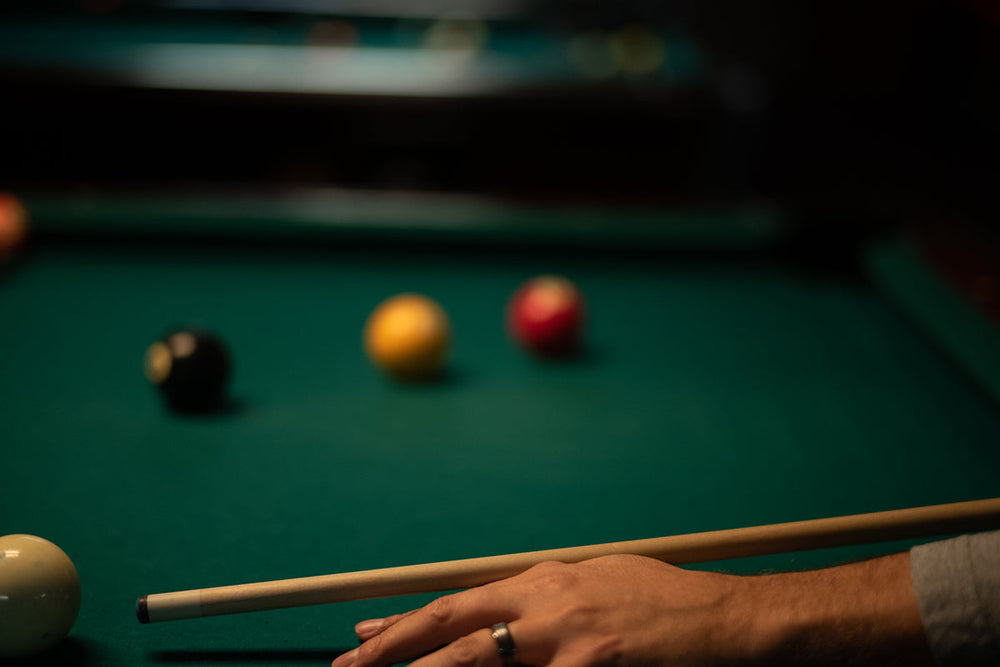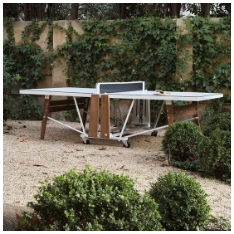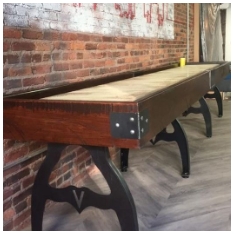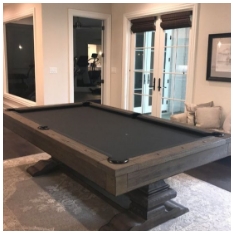Pool, also known as billiards, is a game that combines precision, focus, and skill. One of the most important factors influencing a player’s control and accuracy is the weight of the cue stick. Whether you’re a casual player or a serious competitor, understanding pool cue weight standards helps improve your performance and comfort during play.
Understanding Pool Cue Weight
A pool cue’s weight typically ranges between 17 ounces and 21 ounces, although some cues may be slightly lighter or heavier depending on custom preferences. The cue weight includes the entire stick both the shaft and butt and it plays a crucial role in how the cue ball reacts on impact.
For most players, the right cue weight offers a good balance between power and control. Too heavy, and the player might struggle with finesse shots. Too light, and it might be harder to generate enough power for breaking or long-distance shots.
Standard Weight Categories of Pool Cues
Manufacturers generally produce cues within standardized weight ranges to suit various player types. Below are the most common categories:
1. Lightweight Cues (17 to 18 ounces)
Light cues are often preferred by players who rely on control and precision rather than force. The reduced weight allows for quicker strokes and easier cue ball manipulation. Beginners may find lighter cues easier to handle since they cause less arm fatigue and allow for smoother, more natural movements.
However, the downside is that lighter cues generate less momentum, which can reduce shot power and make breaking more difficult.
- Mid-Weight Cues (19 to 20 ounces)
A 19-ounce cue is considered the industry standard for most professional and recreational players. It provides a good mix of control and strength. With a mid-weight cue, players can comfortably adjust their stroke for both soft touch shots and firm breaks.
Many players who start learning with a 19-ounce cue tend to stick with that weight because it offers stability without feeling too heavy or too light.
- Heavyweight Cues (20 to 21 ounces and above)
Heavier cues are often used by players who prefer more power behind their shots. They require less effort to drive the cue ball across the table, making them ideal for breaking or long-distance plays. Some players also use heavier cues to steady their stroke and minimize unwanted wrist movement.
That said, heavier cues can reduce control and may cause fatigue during extended play sessions, especially for new players who haven’t developed strong cue-handling techniques.
The Role of Weight in Cue Performance
The weight of a cue influences various aspects of gameplay. Below are the main areas where weight plays a critical role:
1. Cue Ball Control
Lighter cues allow for faster stroke speed and delicate control. Players who focus on spin, position play, and precise placement often prefer lighter cues. The reduced mass helps them fine-tune their shot accuracy.
2. Power and Break Shots
Heavier cues naturally deliver more momentum, making them effective for break shots or powerful drives. Because of the increased mass, less swing speed is needed to generate the same energy output as a lighter cue.
3. Consistency and Comfort
Finding the right balance between comfort and performance is essential. The cue should feel natural in your hand. If the cue feels too heavy, your accuracy and follow-through may suffer. On the other hand, a cue that’s too light might cause overextension or loss of control during complex shots.

Cue Weight Adjustability
Many modern pool cues come with weight bolt systems, allowing players to fine-tune the cue’s overall weight. This feature lets players experiment with different weights until they find what suits their stroke best.
Typically, these adjustable cues allow changes in small increments (such as 0.5 ounces), so even subtle differences can be tested. This flexibility is particularly useful for players transitioning from casual play to competitive environments.
Choosing the Right Cue Weight for You
Selecting the correct cue weight depends on your skill level, physical comfort, and playing style. Here are some practical tips:
- Match Weight to Experience
- Beginners: Start with a 19-ounce cue. It provides an even balance between control and strength, helping you develop good fundamentals.
- Intermediate/Advanced Players: Experiment with 18 to 21 ounces to discover which feels most natural and complements your technique.
- Consider Physical Strength
Stronger players may prefer heavier cues for added shot power, while players with smaller builds or less upper body strength might find lighter cues more manageable.
- Pay Attention to Playing Environment
If you often play on smaller tables or in tight spaces, a lighter cue might be easier to maneuver. Conversely, on full-size tournament tables, a slightly heavier cue can provide more stability and consistency.
Cue Balance vs. Cue Weight
While weight is critical, balance also affects how the cue feels. A cue’s balance point — usually located between 18 and 19 inches from the butt — determines whether it feels front-heavy or rear-heavy. Even two cues of the same weight can feel completely different based on their balance.
When testing cues, focus not just on the total weight but also on how the cue’s weight is distributed. The right combination of balance and weight can greatly improve shot consistency.
Professional Preferences and Standards
Most professional players use cues weighing between 18.5 and 19.5 ounces, aligning closely with the most common pool cue weight standards. These weights provide an optimal balance between stability and flexibility for both offensive and defensive shots.
While no single standard fits everyone, professional-level cues often fall within this range because they suit a variety of game styles, from powerful breaks to precise positioning plays.
Conclusion
Understanding what the pool cues weights standards is essential for improving your gameplay and comfort at the table. The ideal cue weight depends on your physical strength, skill level, and playing goals.
Light cues offer precision, heavy cues provide power, and mid-weight cues strike the perfect balance for most players. Experimenting with different weights and balance points will help you discover what feels best for your stroke.
Ultimately, the right cue weight is the one that feels natural in your hands — giving you control, consistency, and confidence every time you line up a shot.





